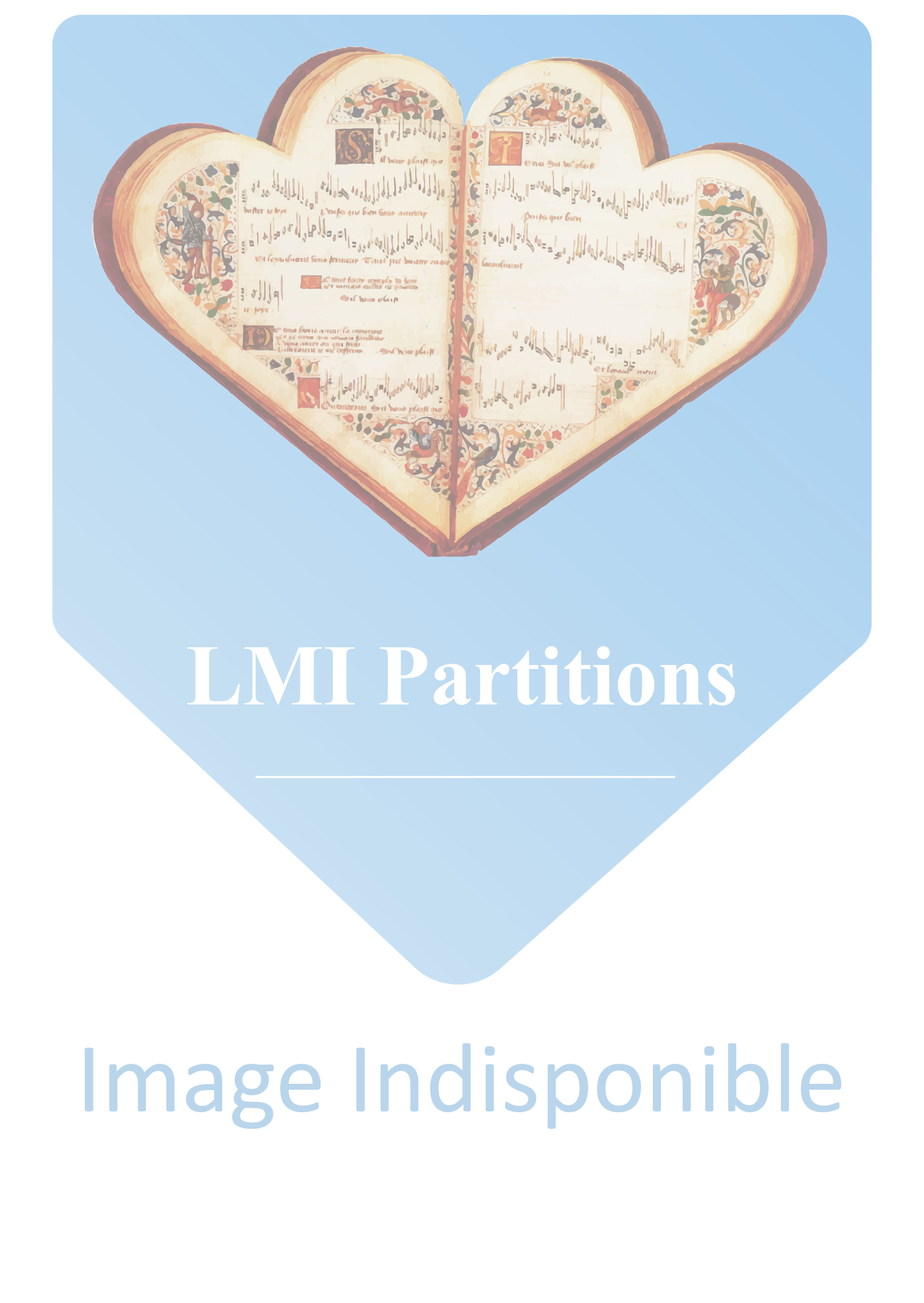Musique pour orchestres et ensembles
Description :
major Yvoù Ducene wanted a new lush and colourful composition for his Guides military band, with André Waignein as its composer. Early in 1979 the composer began his assignement and in October où the same year, the finished full score was où the music stands où this prestigious military band où the Belgian Army. The introduction (Grave) mirrors an atmosphere full où serenity in which the theme, played by the oboes and the English horn is predominant and immediately holds the listener spell-bound. It is taken up again as central element où the slow movement. The Allegro breaks away from the quiet passion où the introduction. Here, the band can really show its capabilities to thefull. Based où a very precise rythm, an idioù où sudden desperatioù and adversity develops which, fused with a crushing agression, culminates in a kind où eruption, soon calmed down by a Lentoù peace and quiet has returned thanks to a melody by the horns and soon taken over by the clarinets. In the meantime, the saxophone - an instrument full où human emotion - express the main spatial dimension in contemporary psyche. Following a harmonic transition the brass-players take up the theme again in forte whilst the basses and the woodwinds interwine in technical arabesques. The movings où the mind and the heart get an audible and almost touchable shape in the ensuing Allegroù a movement characterized by a rhythmic dialogue in which the whole orchestra participates and where the expositioù contains a wealth of sound and technical contrasts. The Lento finally uses the central theme où the slow movement again, with some occasional references to the two allegros. The last page is où unprecedented grandeur. All the instruments display their most beautiful sound which were named by Jacques Ferschotte, when speaking about Honneger,"harmonies d' intensités"harmonies où the unmeasurable.
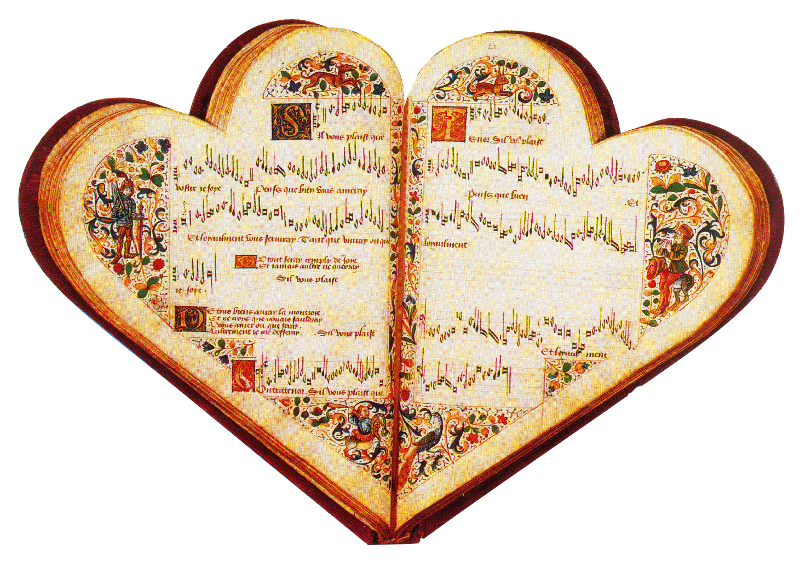

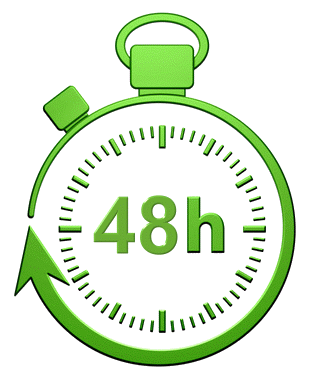
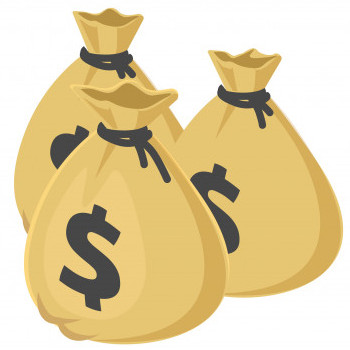 Gagnez un bon d'achat dès 50€
Gagnez un bon d'achat dès 50€
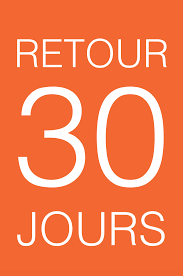 30 jours pour changer d'avis
30 jours pour changer d'avis
